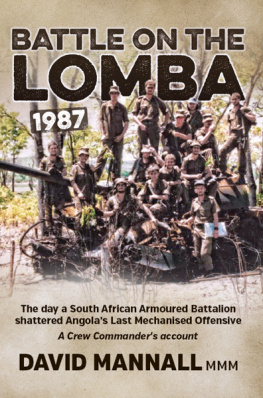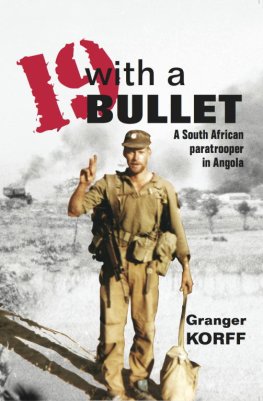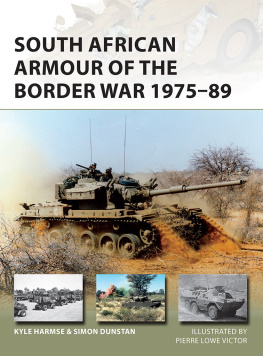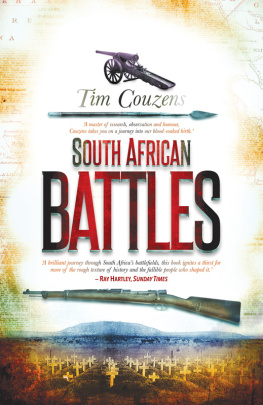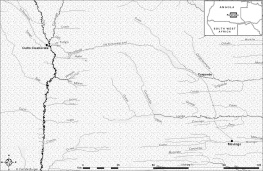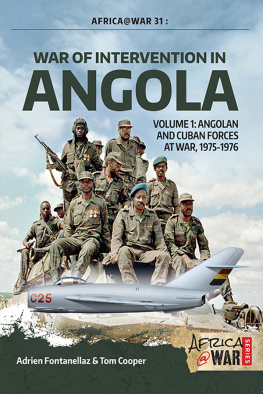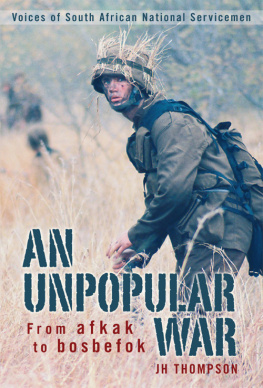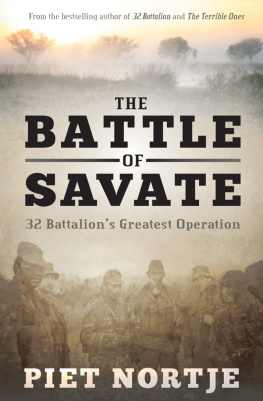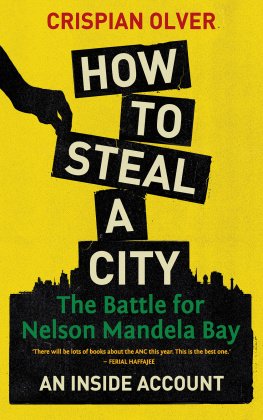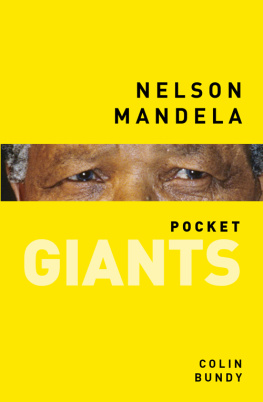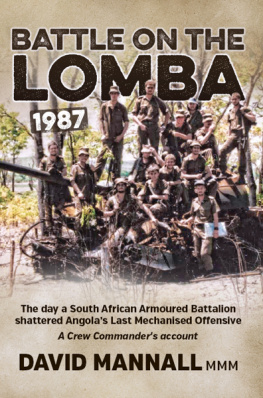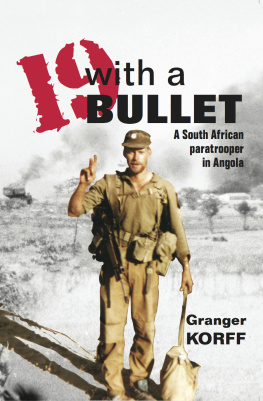The climactic death-throes of Soviet Communism in the 1980s included a last-gasp attempt at strategic franchise expansion in Southern Africa. Funnelled through Castros Cuba, oil-rich Angolan armed forces (FAPLA) received billions in advanced weaponry and thousands of armoured vehicles.
As a consequence 1985 saw the first large-scale mechanised offensive in Southern African history. Russian Generals led this operation but without properly accounting for the tenacity of UNITA (supported by South African Defence Force SADF), or the treacherous terrain typical in a sub-tropical rainy season. The 85 offensive floundered in the mud, but despite this Fidel and FAPLA redoubled their efforts by strengthening fifteen Brigades with yet more Soviet hardware while Russian, East German and Cuban specialists conducted troop training.
At about the same time David Mannall, a 17-year old completing High School, was doing nothing at all to prepare for two years compulsory military service, but through a series of fateful twists and turns ends up leading soldiers in a number of full-scale armoured clashes including arguably, the largest and most decisive, battle on African soil since World War II, certainly in southern African history.
Their 90mm cannons and medium skinned Armoured Personnel Carriers were not designed as Tank-killers, though any assurances these boys would never engage heavy armour were left in the classroom during their three-month deployment to Angola, and never more so than at the historically decisive Battle on the Lomba.
Now, after 25 years in the dark, the author lifts his crew commanders hatch on his incredible story of how the elite 61 Mechanised Battalion, came to engage, and effectively destroy, a Tank-hardened mechanised giant, 47th Armoured Brigade, in a single day.
Survivors abandoned their vehicles and positions, fleeing north across the Lomba river in disarray, kick-starting the wholesale retreat of three further Brigades in theatre, inviting the South Africans to chase; enemy back to their original staging point at Cuito Cuanevale some 120km North.
A myth preferred by post-Apartheid politicians goes something like this the SADF force that destroyed 47th Brigade on 3 October 1987 numbered 6,000 and the hard yards were gained by UNITA forces.
The inconvenient truth is 61 Battalion comprising fewer than 300 combat soldiers lined up for battle that day. In the vanguard, twelve vehicles crewed by 36 boys, on the flank, eight vehicles crewed by 24 more. Together this small fighting unit held, and then smashed a significantly more powerful opposition force and possibly even hastened the demise of the USSR.
A real-life David versus Goliath epic.
Born in Dorset, England in 1968, the authors family immigrated to South Africa later that same year. The sub-tropical climate of KwaZulu Natal ensured a childhood spent mostly outdoors building forts in nearby pine-forests or swimming in the Indian Ocean.
Like most conscripts, David joined the army because he was required to do so by law, the alternative, four years in Police Force or prison for conscientious objectors, held little appeal. In 1986, he joined thousands of other boys doing their bit for their country.

Selected for Armoured Corps Officer training he excelled in most areas of military life except perhaps, discipline.
Demoted for going off-base during training attracted the ire of commanders who dispatched him to remote border outpost Omuthiya for 12 months. His experiences with 61 Mechanised Battalion shaped his view on the world and true potential of humanity, for good and evil alike.
Following his wartime experience David embarked on a destructive journey of self-discovery, constantly questioning the status-quo, re-examining life and societal norms through the steely eyes of a government-trained and legally sanctioned killer.
25 years after the guns fell silent he finally began to confront his incredible experience of National Service.
This is that story.
David and his wife Andrea currently live in London, England with their two children, Jessica and Luke.
I would like to dedicate the second edition of this book to my loving wife Andrea, daughter Jessica and son Luke.
In memory of my loving mother Elizabeth Mannall.
Sean Renard, for his invaluable input.
I hope the content of this second edition continues to honour the sacrifice of those from both sides who gave so much, both living and deceased.
To all boys who did their bit for their country, to 61 Mechanised Battalion Group and particularly, the lads of Charlie Squadron 87.
We were warriors!
Helion & Company Limited
26 Willow Road
Solihull
West Midlands
B91 1UE
England
Tel. 0121 705 3393
Fax 0121 711 4075
Email:
Website: www.helion.co.uk
Twitter: @helionbooks
Visit our blog http://blog.helion.co.uk/
Published by Helion & Company 2015
Designed and typeset by Bookcraft Limited, Stroud, Gloucestershire
Cover designed by Paul Hewitt, Battlefield Design (www.battlefield-design.co.uk)
Printed by Henry Ling Limited, Dorchester, Dorset, 2014. Reprinted with additions
and amendments 2015
Text David Mannall MMM, 2015 except Appendix Maj Gen (Ret) Roland de
Vries, SD, SM, MMM
Photographs as individually credited
Maps Johan Schoeman and George Anderson
ISBN: 978 1 909982 02 4
Digital ISBN: 978 1 910777 44 2
British Library Cataloguing-in-Publication Data.
A catalogue record for this book is available from the British Library.
All rights reserved. No part of this publication may be reproduced, stored in a
retrieval system,or transmitted, in any form, or by any means, electronic, mechanical,
photocopying, recording or otherwise, without the express written consent of Helion &
Company Limited.
For details of other military history titles published by Helion & Company Limited
contact the above address, or visit our website: http://www.helion.co.uk.
We always welcome receiving book proposals from prospective authors.
Contents
List of Photos
List of Plates
List of Maps
In colour section
)
)
)
)
Authors Note
Soldiers throughout the ages have engaged enemy forces in mortal combat on the field of battle, sometime in small, insurgency type actions, sometimes in much larger, more organised battles.
Historians readily record details pertaining to most major conflicts, while the public at large are relatively well acquainted with facts relating to world wars or those regional conflicts relevant to them.
Each war, battle or skirmish is doubtless peppered with amazing accounts of survival, commitment and bravery by participants from all tiers of the military food-chain. The overwhelming majority of these exploits remain forever untold and similarly I had no reason to think my experience of war in Angola would ever be told. In fact, the historical account of Charlie Squadrons contribution, specifically to the destruction of 47th Brigade, is sorely inadequate, recorded by people who, at best, were near, but not on the front line that day.
Like most veterans, exposing battle scars doesnt come easily. As a young man in my 20s and 30s, I struggled to communicate my experiences and, truthfully, to even find an audience who took my story at face value. So I came to realise how difficult it is for a listener to comprehend a story about something so far outside any normal sphere of experience despite being so vivid, real and painful for the storyteller. It was easier to adopt the well worn phrase, dont mention the war.
By the time I hit my 40s Id pretty much let the story go, and might mention to a new friend that I was once in combat in a country called Angola and worse, had lost comrades in battle. Where is Angola? was usually the only question asked before the conversation moved on to more current affairs.
Next page
